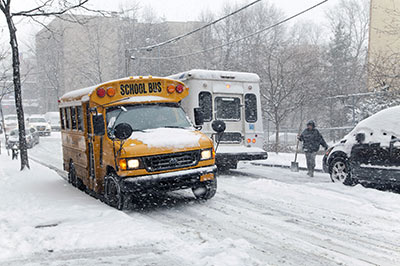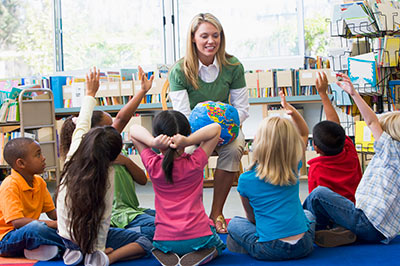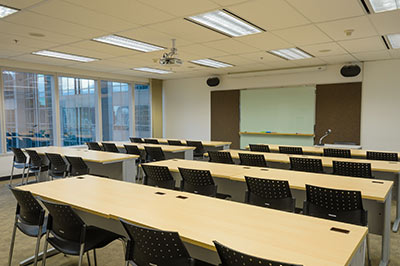Earthman, D.I., & Lemasters, L. (1996).
The most persistent question in the field of school facility planning relates to that of the relationship between the built environment and the performance and behavior of users, particularly students. Ways in which the built environment affects two student variables--student achievement and student behavior--are explored. The first variable is student achievement as measured by some form of standardized or normed test, or examination administered to all students in the schools under study. The other variable is student behavior that can include specific level of student activity or school climate. A survey of research summarizes open-education programs and open-space schools, school building age, thermal factors, visual factors, color and interior painting, hearing factors, open space, windowless facilities, underground facilities, site size, building maintenance, and numerous other factors. All of the studies demonstrated a relationship between student performance--both achievement and behavior--and the condition of the built environment. The relationship varied from very weak in some early studies to a considerable degree of relationship in recent studies. Some of the more important factors that were found to influence learning are those relating to control of the thermal environment, proper illumination, adequate space, and availability of equipment and furnishings, particularly in science education. Some areas of needed research are discussed
Earthman_Review of Research on the Relationship (1996)











